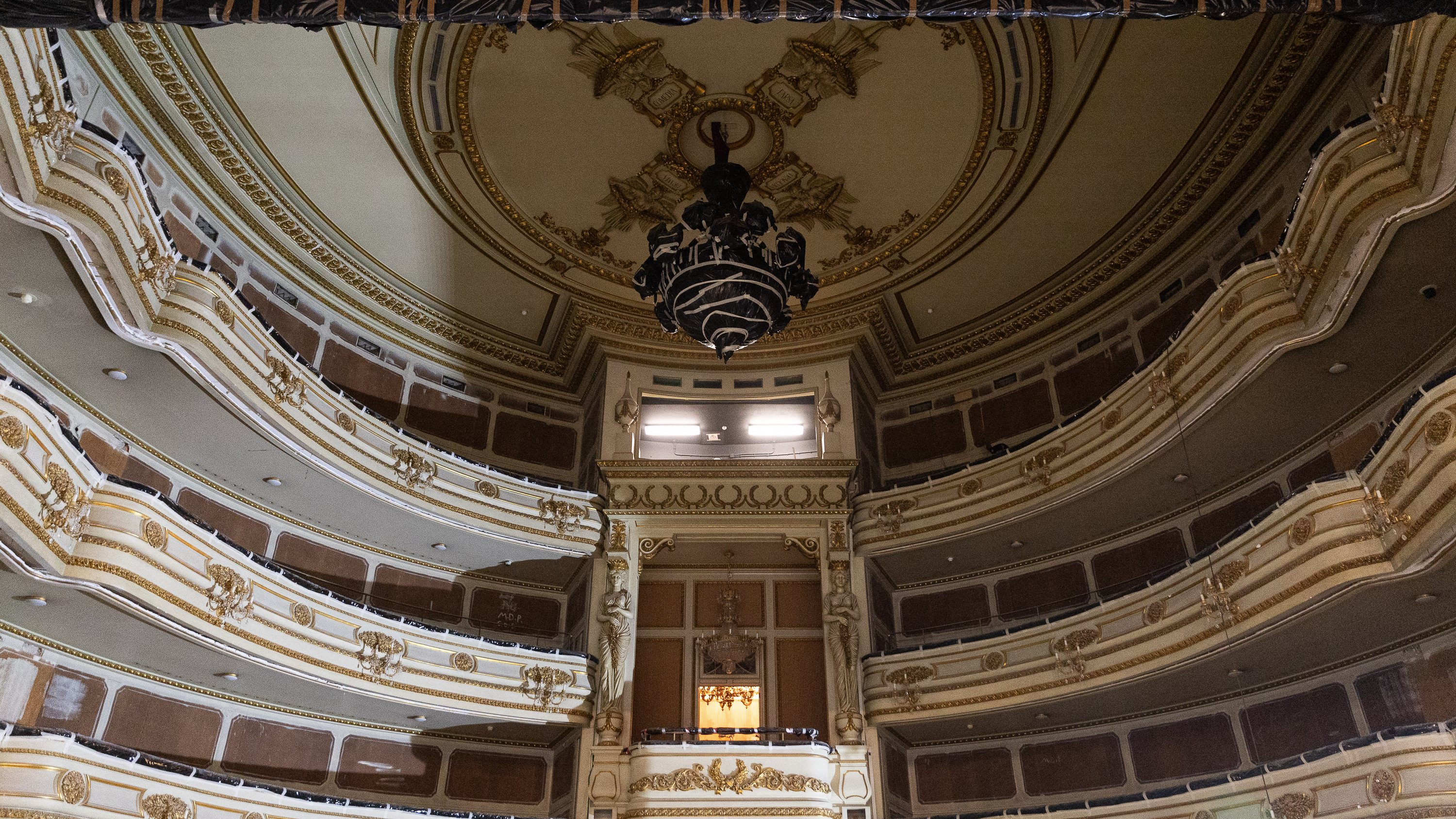The National Monitoring Commission for the Recovery and Resilience Plan (CNA-PRR) has “worryingly” aggravated the implementation of the Cultural Heritage plan, according to a report published last Wednesday.
Of the set of 76 investments planned in this segment of the Culture area of the Recovery and Resilience Plan (PRR), which has a global value of 214.1 million euros and will be executed until the end of the first quarter of 2026, More than half are still in the design or bidding phase, prior to the start of work.In this segment, only the measures of the Sabre Fazer programme, dedicated to the preservation and recognition of Portuguese artisanal production, have been completed.
39% of PRR measures are in a worrying or critical state
In the Cultural Networks and Digital Transition segment, which has 103 million euros, the CNA-PRR recommends a “necessary monitoring” by the guardianship, since key projects “do not seem to be at risk”, such as the digitalisation of Portuguese cinema by the Cinemateca and the creation of the National Sound Library.
In the field of Cultural Heritage, however, there are red underlines in the “worrying assessment”, with Admission of possible extension of deadlines within the PRR of cultureas is the case of the Teatro Nacional D. Maria II in Lisbon, which has been under construction since early 2023, with its reopening already postponed until 2025 and which could therefore be postponed again.
According to the Ministry of Culture’s report, cited by CNA-PRR, the acquisition of computer equipment and information systems for libraries had 259 contracts, while the acquisition of digital cinema and video projection equipment for movie theaters and public contemporary art centers totaled 106, for a target of 155.
The investment in the Cultural Heritage area includes interventions in 73 museums, monuments and palaces, worth 165.8 million euros, in two national theatres – S. Carlos and D. Maria – and in the Camões Theatre, for a total of 48.3 million, for a total of 214.1 million euros for 76 interventions.
In May of this year, “there were 13 completed projects and 18 in progress,” according to the CNA-PRR report, citing “information provided by the Ministry of Culture.” “The rest of the interventions were in the design phase,” with 80 completed, “or in the contract bidding phase,” with 14 launched.
The CNA-PRR points out that These investments “have proven difficult to monitor”due to the dispersion across the national territory, but above all “due to changes in the managing entities”, resulting from “organic changes within the Ministry of Culture”, which at the beginning of this year led to the creation of the company Museus e Monumentos de Portugal and the Instituto Património Cultural, of the former Directorate General of Cultural Heritage (DGPC). It is also recommended that the powers of the defunct regional directorates of culture be transferred to the regional development coordination commissions.
“TO complexity of the works”and projects in the field of cultural heritage, the specificity of the interventions, which require specialized entities subject to high demand, are other factors of “very high pressure” listed in the report, together with “antiquity and historical and architectural value”, which cannot be questioned.
In the “state of the most significant investments in economic terms” (more than five million euros), according to data indicated by the Ministry of Culture, the report begins the list with the Teatro Nacional de S. Carlos (32.7 million euros), in Lisbon, with the delivery of the execution project scheduled for January 2025. This theatre closes for works on August 1 and is expected to reopen at the end of 2026.
On May 13, the preliminary design for the National Museum of Archaeology in Lisbon was handed over. The museum, which shares the largest investment in this area with São Carlos (32.7 million), is expected to be completed. The report states that “the value presented by the designer exceeds the total amount planned”, with “one million euros already committed”.
Also mentioned are the National Museum of Costume in Lisbon (7.4 million euros), the National Palace of Mafra (seven million), the Convento da Saudação in Montemor-o-Novo (5.9 million), the Monographic Museum of Conímbriga (5.8 million), the installation of the National Museum of Music in Mafra (5.7 million) and the Convent of Christ in Tomar (5.2 million), with project submissions and opening of competitions as planned.
Of the Teatro D. Maria II, with an investment of 9.6 million euros, a possible extension of the deadline is accepted. This theatre closed in January 2023, with a planned reopening for the beginning of this year, when it was announced that the doors would not open to the public until 2025. A new postponement has now been accepted, which according to the newspaper Público was for another year. Underway, according to the report, is the “reconversion of the stage area into work spaces”.
From the Camões Theatre (5.9 million), the National Ballet’s return to its headquarters should take place in September.
Regarding the set of investments in the heritage area, the CNA-PRR concludes that “the evaluation is worsening to worrying”, due to the “delay in the start of the works”, recommending “intensifying the monitoring of all investments by the guardianship”.
The poor implementation of the PRR in the field of heritage was one of the reasons given by the Minister of Culture, Dalila Rodrigues, for the dismissal of the previous director of the public institute Cultural Heritage, who had also been in charge of the DGPC, until its extinction.
Source: Observadora
